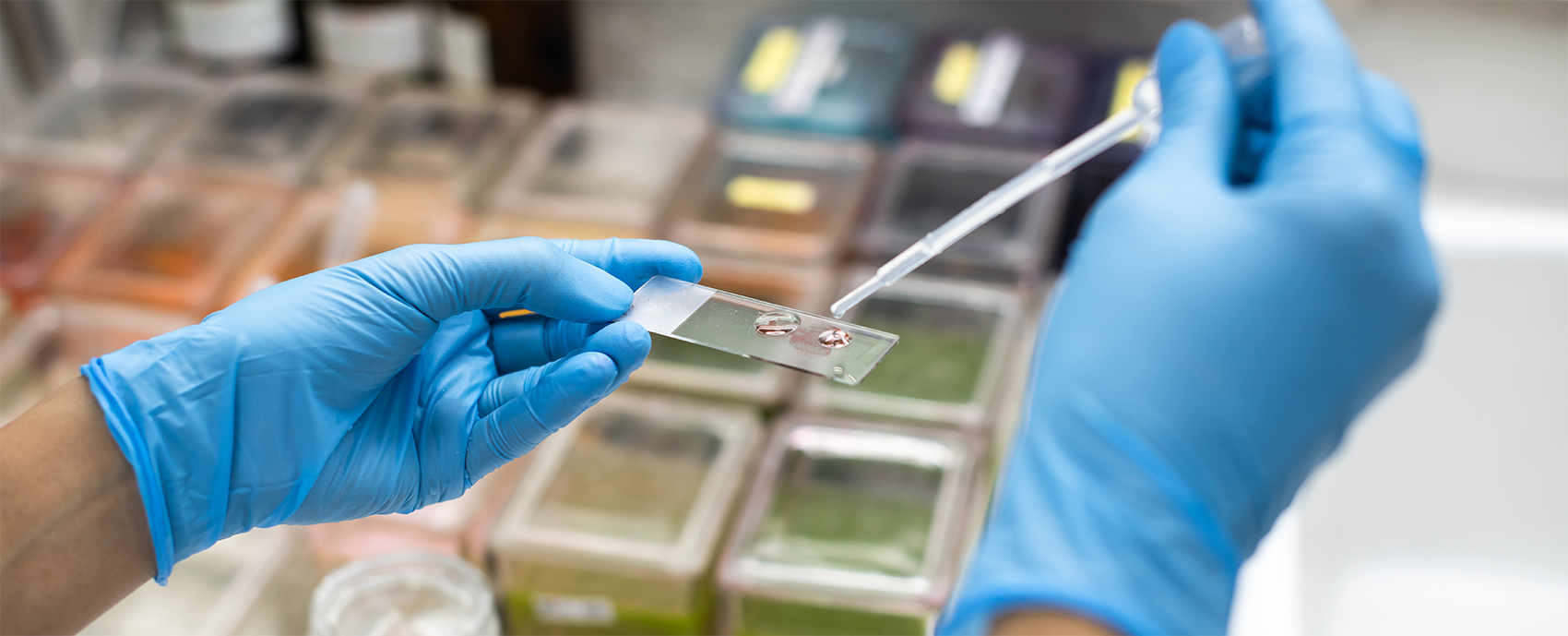
Treatment for cancer is dependent on a number of different factors and a patient treatment plan can involve a variety of treatments over a period of time.
The main types of cancer treatment:

Surgery
Removing the cancerous tissue from the body by operating.

Radiotherapy
this uses high-energy radiation from x-rays, gamma rays, neutrons, protons, and other sources to kill cancer cells and shrink tumours. Radiation may come from a machine outside the body (external-beam radiation therapy), or it may come from radioactive material placed in the body near cancer cells (internal radiation therapy or brachytherapy where pellets of radioactive material is placed e.g. inside the prostate). Systemic radiotherapy uses a radioactive substance, such as a radio-labelled monoclonal antibody, that travels in the blood to tissues throughout the body. It is common to have radiotherapy 3 or 5 days over a period of 3-6 weeks.

Chemotherapy
Treatment with powerful anti-cancer drugs. It kills cells by stopping them from dividing. Not all cancer cells divide at the same time. Chemotherapy is given in a series of treatments to catch as many dividing cells as possible.

Biological therapy
Targeted therapies can be used to stimulate the immune system, control the growth of cancer cells or to overcome side effects of treatment.
Types include:
- monoclonal antibodies e.g. Herceptin – triggers the body’s immune system to attack the cancer cell and can cause the cell to kill itself
- cancer growth inhibitors – affect cancer cells ability to communicate with each other and therefore affects their ability to develop.
- angiogenesis inhibitors – starve the tumour of oxygen and nutrients by affecting neighbouring blood vessels
- Vaccines – aim to help the immune system recognise cancer cells. Also, there are vaccines to prevent a virus e.g. HPV vaccine to prevent cervical cancer.

Hormone therapy
Aims to reduce or prevent the effect of hormones on cancer cells and thus help to reduce the size and/or spread of the tumour. Examples include the use of drugs such as Anastrozole for ER (oestrogen receptor) positive breast cancer.
For more information on Cancer treatments see below link:
https://www.macmillan.org.uk/cancer-information-and-support/treatment/types-of-treatment
